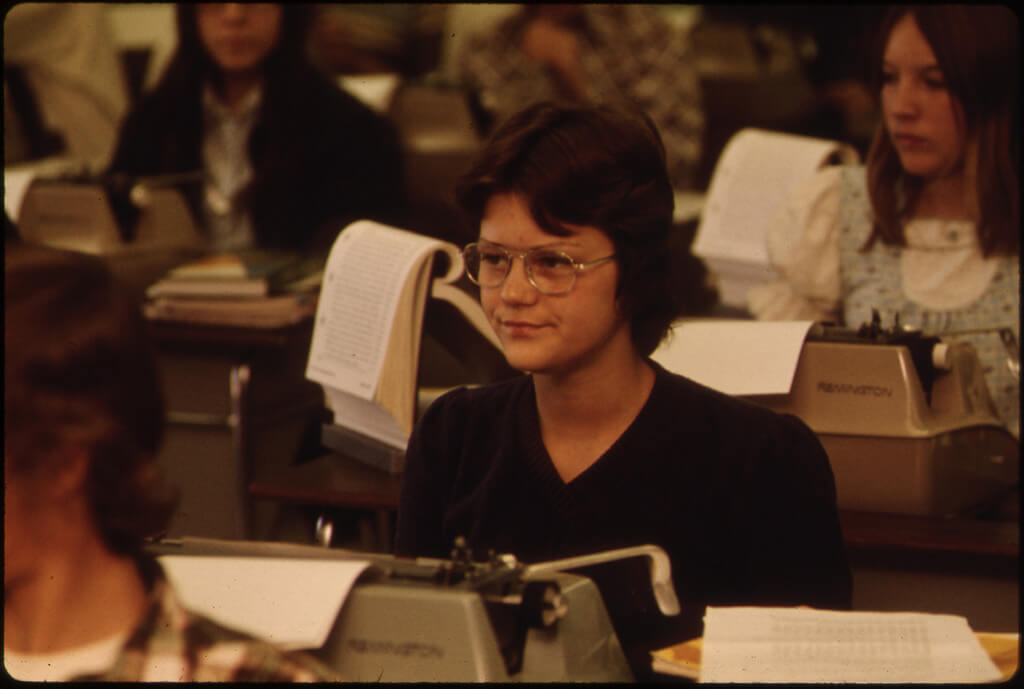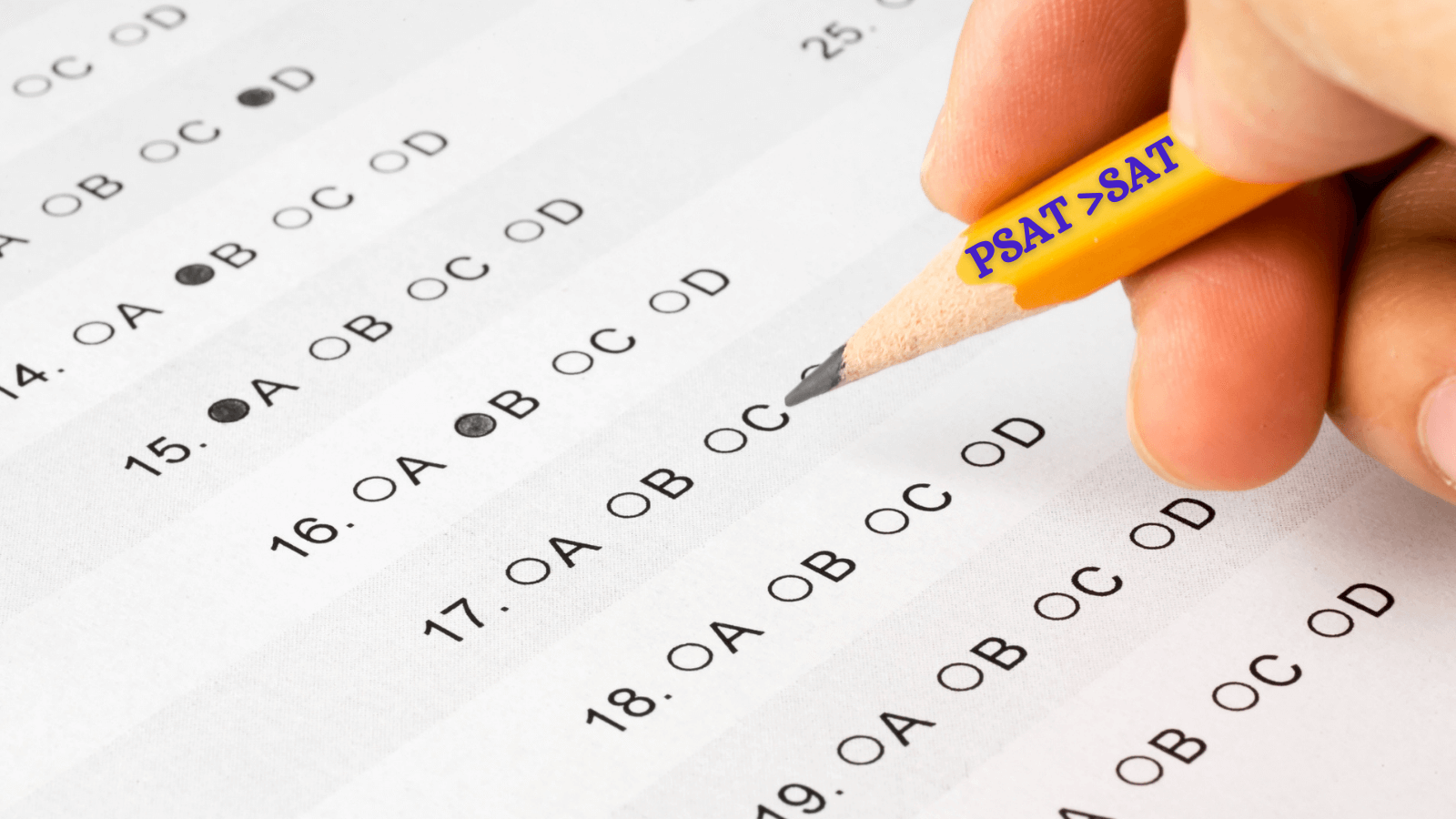Student-centric advice and objective recommendations
Higher education has never been more confusing or expensive. Our goal is to help you navigate the very big decisions related to higher ed with objective information and expert advice. Each piece of content on the site is original, based on extensive research, and reviewed by multiple editors, including a subject matter expert. This ensures that all of our content is up-to-date, useful, accurate, and thorough.
Our reviews and recommendations are based on extensive research, testing, and feedback. We may receive commission from links on our website, but that doesn’t affect our editors’ opinions. Our marketing partners don’t review, approve or endorse our editorial content. It’s accurate to the best of our knowledge when posted. You can find a complete list of our partners here.
How Many AP Classes Should You Take in High School?

 By
Sawyer Hiton
By
Sawyer Hiton 
Sawyer Hiton is a former scholarship and financial aid writer with Scholarships360. Previously, Sawyer worked with the nonprofit College Possible, supporting high school juniors in beginning their college plans and applications. Sawyer graduated from Kenyon College with a degree in Philosophy.
Full BioLearn about our editorial policies

Cece Gilmore is a Content Writer at Scholarships360. Cece earned her undergraduate degree in Journalism and Mass Communications from Arizona State University. While at ASU, she was the education editor as well as a published staff reporter at Downtown Devil. Cece was also the co-host of her own radio show on Blaze Radio ASU.
Full BioLearn about our editorial policies

Bill Jack has over a decade of experience in college admissions and financial aid. Since 2008, he has worked at Colby College, Wesleyan University, University of Maine at Farmington, and Bates College.
Full BioLearn about our editorial policies

Maria Geiger is Director of Content at Scholarships360. She is a former online educational technology instructor and adjunct writing instructor. In addition to education reform, Maria’s interests include viewpoint diversity, blended/flipped learning, digital communication, and integrating media/web tools into the curriculum to better facilitate student engagement. Maria earned both a B.A. and an M.A. in English Literature from Monmouth University, an M. Ed. in Education from Monmouth University, and a Virtual Online Teaching Certificate (VOLT) from the University of Pennsylvania.
Full BioLearn about our editorial policies

Whether you want to save money, challenge yourself, or beef up your college applications, taking AP classes is a great option for your high school course load. But exactly how many AP classes should you take? Too few and you may be sacrificing a great opportunity. Too many and you may be overwhelmed and unable to focus on the rest of your life. In this article, we’ll explore the Advanced Placement program, and the factors you should consider in determining your sweet spot.
Also see: How to get an AP Fee Reduction
What is the AP program?
AP classes are college-level classes offered at many high schools across the country. There are more than 30 AP classes offered, in a wide range of subjects. Once you complete an AP class, you take the corresponding AP test. How you do on that test determines whether or not you receive college credit in the subject area. AP scores can also allow you to skip prerequisite courses at your college. If you do well on your AP Biology exam for instance, you may be able to bypass intro bio and move on to the harder stuff.
Even if you choose not to take the AP test, an AP class still provides a great opportunity for a more rigorous academic setting. You’ll engage with more difficult concepts, and read and write more. Conversely, you can also take an AP test without having taken the class. If you’ve been studying piano since you were a kid, you might consider taking the AP music theory test even if you have taken the official class. This is an excellent way to receive college credit for knowledge you already possess.
For more information on the AP program, check out the College Board website.
Apply to these scholarships due soon
See all easy scholarshipsWhy should you take AP classes?
There are many reasons why AP classes (and tests) are beneficial. For one, they can save you a great deal of money. If you can earn some of your college credits before even entering college, you may save time and thus money once you get to college. With the help of AP, you may even be able to graduate college early. AP classes can also help you prepare for college-level academics. Through AP classes, you can explore a college atmosphere at your high school. You’ll read more challenging material and engage in deeper discussions. Not only will this ready you for college rigor, but it may help you stay more engaged and interested in high school.
Lastly, AP classes look great on your college applications. When a college sees you’ve taken AP classes, they’ll know you’re a driven learner. Additionally, the College Board offers AP Scholar Awards to students who perform well on AP exams which can make schools more interested in you. Schools want students who will go above and beyond to challenge themselves, and this is just what you’re doing when you take AP classes. Still, this doesn’t mean you should overload your schedule with AP classes. Colleges don’t automatically accept students who took the most AP classes.
Related: How does AP credit work?
So how many AP classes should you take?
The quick answer is: It depends.
Less selective colleges
The number of AP classes depends largely on what kind of school you want to get into. If you’re aiming for a less selective school, it’s up to you how many AP classes you take. Think practically about which credits you might want to get out of the way during high school. Instead of signing up for more AP classes than you can handle, focus on excelling in a few.
Related: IB vs AP: what you need to know
More selective colleges
More selective schools, on the other hand, want to see their applicants taking the most challenging courses available to them. While there is still no “magic number” of AP classes to take, you should be prepared to take a lot. See if your dream school has a note on their website about their selection process. Or contact a current student at the school and ask them about their high school course load.
Stanford University writes, “Please know that our evaluation of your application goes beyond any numerical formula. There is no minimum GPA or test score; nor is there any specific number of AP or honors courses you must have on your transcript in order to be admitted to Stanford.”
While Stanford, like other selective schools, doesn’t require a certain amount of AP classes, they do pay close attention to transcripts and the academic choices applicants make. This means, if you are aiming for a highly selective school, you should be taking the hardest classes available at your high school. Take a range of your high school’s AP classes, including math, English, history, and science. And sign up for any non-core AP subjects, like psychology or art history, especially if they are fields you are interested in pursuing.
How many AP classes should you take each year?
Freshman year
Some high schools don’t allow 9th graders to take AP classes, which the College Board fully supports. But if you’re able to, and feeling up to it, take one of the easier ones. AP Psychology and AP Environmental Science are usually regarded as having lighter loads. Make sure to take honors-level core classes to bolster your skills and transcript.
Also read: Easiest AP classes you can take
Sophomore year
Take one to three AP classes. Try pairing one hard AP with one to two easier ones. Talk to upperclassmen or counselors at your school to gauge the difficulties of the various APs. Continue pursuing honors classes. This could be a good year to push yourself, considering that your next year will only get harder.
Related: Which AP classes are the hardest?
Junior year
This is when you should start taking your AP core classes. Take three to five if you are aiming for a highly selective school, and two to four if you are aiming elsewhere. Note that many students describe this year as significantly harder than past ones. And you’ll also likely be taking your standardized tests. Therefore, use your time wisely and don’t spread yourself too thin.
Also see: What happens if you fail an AP exam?
Senior year
Continue to take AP core classes and other AP subjects of interest. Leave space for your college applications, as they can sometimes feel like another AP class in themselves. That being said, your college applications will likely be done by the second semester, so you will gain more free time. Students aiming for highly selective schools may take up to six AP classes this year. But again, don’t overburden yourself. Based on your AP experience in past years, you know you best at this point.
See also: How many AP classes should you take in high school?
Final words on AP planning
In the whirlwind of college preparation, many students forget to follow their gut and interests. While it is beneficial to push your comfort zone, try formulating a course load that you are genuinely excited about. If this means taking AP music theory instead of AP chemistry, go for it. You will do better if you are legitimately engaged.
If your grades are slipping, or you’re losing ability to concentrate in sports, you may be in too many APs. Taking an extra AP course won’t be the reason you get into your dream school, but dropping out of cross country might be the reason you don’t.
Always consult your counselor, as they’ve done this before. As mentioned earlier, it is also helpful to communicate with upperclassmen at your high school and students at your dream college. Get an idea of how those before you have mapped out their AP life.
Most importantly, trust yourself! Don’t get too caught up in the AP frenzy—stick to your strengths as a student. At the same time, take some leaps. Now is the time to prepare for college academics, earn credits, and pick up some new strengths while you’re at it.
Also read: What is dual enrollment?
More resources for students
After working out your AP schedule, you can start preparing for college in other ways! Scholarships360 offers a wealth of resources for every step of the college admissions process. This includes tips on writing college essays, finding the right school, deciding on a major, and custom-matching you with scholarships. Good luck with the process, and make sure to check back on our site to help you with any other questions!
Also see: What classes should I take senior year?
Frequently asked questions about how many AP classes you should take in high school
Will colleges expect me to take a certain number of AP classes?
What if my high school doesn’t offer AP courses?
How should I choose which AP classes to take?













 SAT" printed on his pencil">
SAT" printed on his pencil">
